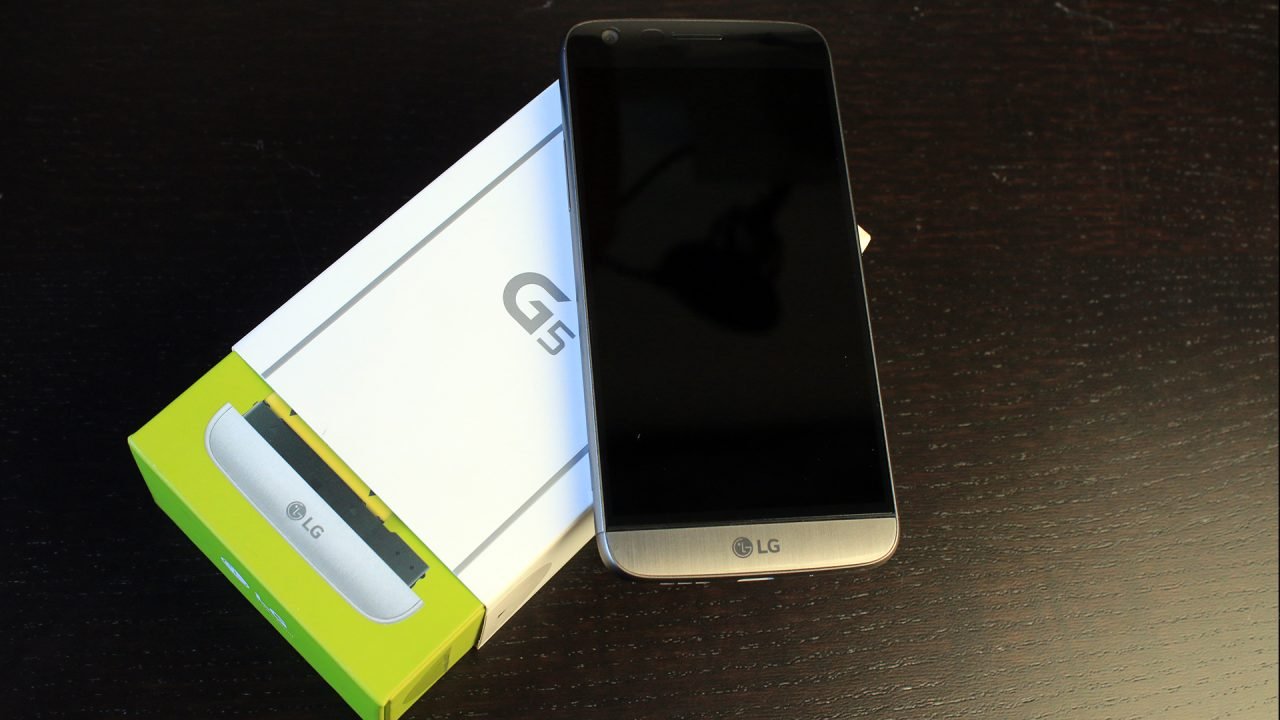The unlocked Cat S60 ($599.99, 32GB) is one of the more unique rugged smartphones we've tested. That's because it has a built-in thermal imaging camera from Flir, which allows you to measure temperatures and easily detect heat, which could prove useful for contractors, electricians, and anyone else who regularly needs thermal imaging technology. But it's a thoroughly average phone otherwise, which makes its price a bit hard to swallow. If you don't need the thermal camera, you're better off with one of our Editors' Choice picks like the Samsung Galaxy S7 Active or the Motorola Moto Z Force Droid.
Design, Display, and Features The Cat S60 is built like a tank. At 5.8 by 2.9 by 0.5 inches (HWD) and 7.9 ounces, it's significantly larger than the svelte Force Droid (6.1 by 3.0 by 0.3 inches, 5.8 ounces). Even the hefty S7 Active (5.9 by 3.0 by 0.4 inches, 6.5 ounces) doesn't come close to matching the S60's bulk.
The front of the phone has a layer of Gorilla Glass 4 protecting the screen from scratches. The display itself is a 4.7-inch, 1,280-by-720 panel, which isn't nearly as sharp as the Quad HD panels you'll find on the S7 Active and the Force Droid, though it's par for the course among other ultra-rugged phones like the Sonim XP7. The screen gets very bright and has good viewing angles, which makes for excellent outdoor visibility.
Above the display is a raised earpiece. To its right you'll find a yellow switch marked with 2 meters and 5 meters. There's a matching switch at the bottom the display, to the right of the physical Back, Home, and Options buttons. The switches control how waterproof the phone is; they're set to 2 meters by default, but obviously switching them to 5 meters allows you to immerse the S60 in deeper water. The trade-off is that setting the switches to 5 meters will dampen the microphone and speaker to the point they're almost inaudible, so you probably won't want to keep it on that setting most of the time.
A thick stainless steel band runs along the edges of the phone and is home to a number of ports and buttons. You'll find volume buttons on the right, and a power button and a programmable key on the left. The left also has several waterproof flaps that protect an SOS button, a micro USB charging port, and a 3.5mm audio jack.
The back of the phone is made of carbon fiber and hardened polycarbonate. There are two camera sensors. The top one ringed by yellow metal is the FLIR thermal imaging camera that's used to detect heat and measure temperature. Directly below it, ringed by silver metal, is the standard camera sensor and a single LED flash. To the right you'll find a hinged panel that opens to give you access to a SIM card slot and a microSD card slot that worked well with a 200GB SanDisk card. According to Cat, it should be able to take cards up to 256GB.
Durability The Cat S60 may be a brick, but what you lose in thinness and weight, you gain in durability. The phone can take a beating. It's certified to MIL-STD 810G specifications, meaning it has has been proven to survive extreme heat, cold, humidity, solar radiation, sand, salt fog, and other drastic conditions, including drops to concrete from a height of six feet. It's also IP68 certified, so it can handle immersion in up to 16 feet (5 meters) of water for one hour.
I subjected the S60 to a full course of torture tests in the PC Lab, and it passed with flying colors. In fact, it destroyed the fishbowl I submerged it in after one of my colleagues plopped it down with a bit too much enthusiasm.
I also dropped it repeatedly from a height of six feet onto the hard rubberized floor of the lab, outside on the concrete sidewalk, and onto wooden and tile surfaces. The S60 survived the abuse without any sign of physical damage, though the back panel, which contains the SIM and microSD card slots, popped open on occasion.
Network Performance and Connectivity The S60 is available unlocked and supports GSM (850/900/1800/1900MHz), UMTS (850/AWS/1900MHz), and LTE (2/4/5/7/12/17) bands. I used a T-Mobile SIM, but it'll also work on AT&T and other GSM carriers. I tested the phone in midtown Manhattan and saw strong network performance, averaging speeds of 15Mbps down outdoors and 5Mbps inside. You won't find dual-band Wi-Fi or NFC on the device, though, which is a disappointment for the price.
Voice calls are also a letdown. Calls made with the phone sound raspy, and filled with a surprising amount of background static. Earpiece volume also doesn't seem as loud as it should be, even when the switches are set to 2 meters. Thankfully the speakerphone was loud enough to hear on a busy city street, so you might be able to hear it over mild construction noise.
 See How We Test Cell Phones
See How We Test Cell Phones
Processor and Battery The phone is powered by an octa-core Qualcomm Snapdragon 617 processor clocked at 1.5GHz. It scored 45,466 on the AnTuTu benchmark, which tests overall system performance. It's roughly the same score you'll get on other Snapdragon 617-powered devices like the Motorola Moto G4 (46,260), but it's no match for the top-of-the-line Snapdragon 820 that powers the S7 Active and the Z Force Droid.
That said, the S60 handles most general tasks well thanks to its 3GB of RAM. I never hit the RAM usage limit no matter how many apps I launched, and multitasking wasn't a trouble. High-end gaming is possible to a degree, but because the phone is so heavy, it isn't comfortable to hold for an extended period of gameplay.
Battery life is average. For our battery rundown test, in which we stream full-screen video over LTE at maximum brightness, the S60 managed just over five hours of runtime. The battery is sealed in, but it does support Quick Charge 2.0 with the included adapter, allowing you to charge up to 60 percent in 30 minutes.
Camera and Thermal Imaging The standard 13-megapixel rear sensor takes mediocre pictures. Autofocus is slow to lock on, and the sensor struggles to capture fine detail. In good light pictures are soft and in low light they're grainy. The camera can also record passable 1080p video at 30 frames per second, and the 5-megapixel front-facing camera is sufficient for selfies and video chat.
The real selling point is the Flir thermal imaging camera, which can be launched from an app on the home screen. It takes a good 20 seconds to launch, which is frustrating, but once you have it fired up it works well. You get several different filter colors to choose from, as well as temperature measurements in either Celsius or Fahrenheit. I used the standard blue (cold) and red (hot) filter and tested the accuracy against a laser thermometer, measuring the heat of lights, computers, monitors, coffee, and people around the lab. The camera was accurate, consistently providing results within a few degrees of the thermometer, and clearly showing hot and cold spots on the screen.
Software The S60 comes running Android 6.0.1 Marshmallow, and mostly has a stock UI. There are some new features, like a weather widget, as well as additions to the settings menu for the programmable key and SOS button. The programmable key can be set to launch any app, like the thermal camera or flashlight, and the SOS button dials a pre-programmed emergency contact number. It's covered by a flap so there's little risk of pressing it accidentally.
Glove Mode increases screen sensitivity for when you're wearing gloves. An App Toolbox includes download links for an altimeter, a barometer, and other useful measurement tools. One of the stranger features is a Speaker Drying app. After the phone is immersed in water, speaker audio can sound a bit janky; running the app makes the phone go cycle through a series of beeps and tones that get it back to normal more quickly.
There are only a handful of pre-installed apps, including Office Suite, Hike, and Zello, which can all be deleted. You're left with 23.04GB out of a total of 32GB of internal storage. If you need more space, Android's Adoptable Storage feature treats external memory cards as part of the internal storage.
Conclusions If you need a super-rugged phone with a built-in thermal imaging camera, look no further than the Cat S60. But at $600, it's nearly as pricey as top-tier devices like the rugged Samsung Galaxy S7 Active and the shatterproof Moto Z Force Droid, both of which offer far better performance all around. You won't get a thermal camera in either of those phones, but you can always add an accessory like the Flir One. If you're looking for something that's durable but more affordable, consider the Kyocera Hydro Reach or the Duraforce XD.
<a href="http://pubads.g.doubleclick.net/gampad/jump/?iu=/4585/zd.pcmag/mobilesection_inflight&sz=1x1&tile=13&c=1848268802&t=zdid%3Da345900%26zdtopic%3Dmobile,reviews%26zdaudience%3DConsumer%26zdcompany%3DBullitt+Group+Ltd%26template%3DStandardReview%26cmn%3dzd" target="_blank"> <img src="http://pubads.g.doubleclick.net/gampad/ad/?iu=/4585/zd.pcmag/mobilesection_inflight&sz=1x1&tile=13&c=1848268802&t=zdid%3Da345900%26zdtopic%3Dmobile,reviews%26zdaudience%3DConsumer%26zdcompany%3DBullitt+Group+Ltd%26template%3DStandardReview%26cmn%3dzd" border="0" alt=""/> </a>
Source:
Mobile Phone Reviews

 Xiaomi Redmi Pro
Xiaomi Redmi Pro

 Gionee M6 • Gionee M6 Plus
Gionee M6 • Gionee M6 Plus
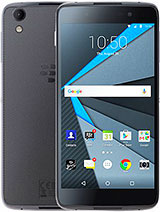 BlackBerry DTEK50
BlackBerry DTEK50

 Sharp Basio 2 SHV36
Sharp Basio 2 SHV36 How It Works
How It Works  Conclusion
Conclusion 

 See How We Test Cell Phones
See How We Test Cell Phones The Apple iPhone 6S is nothing more than a refresh on the iPhone 6 – not an entirely new device as Tim Cook would like you to believe. If you are a lover of all things Apple, you will probably like the 6S – the iPhone has always been about incremental steps. Apple did improve the aluminum body, gave it a new processor, updated camera, new video options and a 3D Touch Display. Even the most avid Android user cannot deny that the iPhone 6S is a beautifully designed smartphone with a solid build.
The Apple iPhone 6S is nothing more than a refresh on the iPhone 6 – not an entirely new device as Tim Cook would like you to believe. If you are a lover of all things Apple, you will probably like the 6S – the iPhone has always been about incremental steps. Apple did improve the aluminum body, gave it a new processor, updated camera, new video options and a 3D Touch Display. Even the most avid Android user cannot deny that the iPhone 6S is a beautifully designed smartphone with a solid build. The OnePlus 3 is their best effort yet to taking on the major brands of the world, including Apple's iPhone 6S. The only two places that OP3 disappoint are the lack of a Quad HD display and no expandable internal memory – but then neither does the iPhone 6S. The new all-metal design is very similar in looks to the rest of the OnePlus lineup and maybe a little 'Appleish.' The OP3 has a business look with no flash or real 'wow' factor. It is a well-built and robust design that feels the part of a flagship smartphone.
The OnePlus 3 is their best effort yet to taking on the major brands of the world, including Apple's iPhone 6S. The only two places that OP3 disappoint are the lack of a Quad HD display and no expandable internal memory – but then neither does the iPhone 6S. The new all-metal design is very similar in looks to the rest of the OnePlus lineup and maybe a little 'Appleish.' The OP3 has a business look with no flash or real 'wow' factor. It is a well-built and robust design that feels the part of a flagship smartphone.
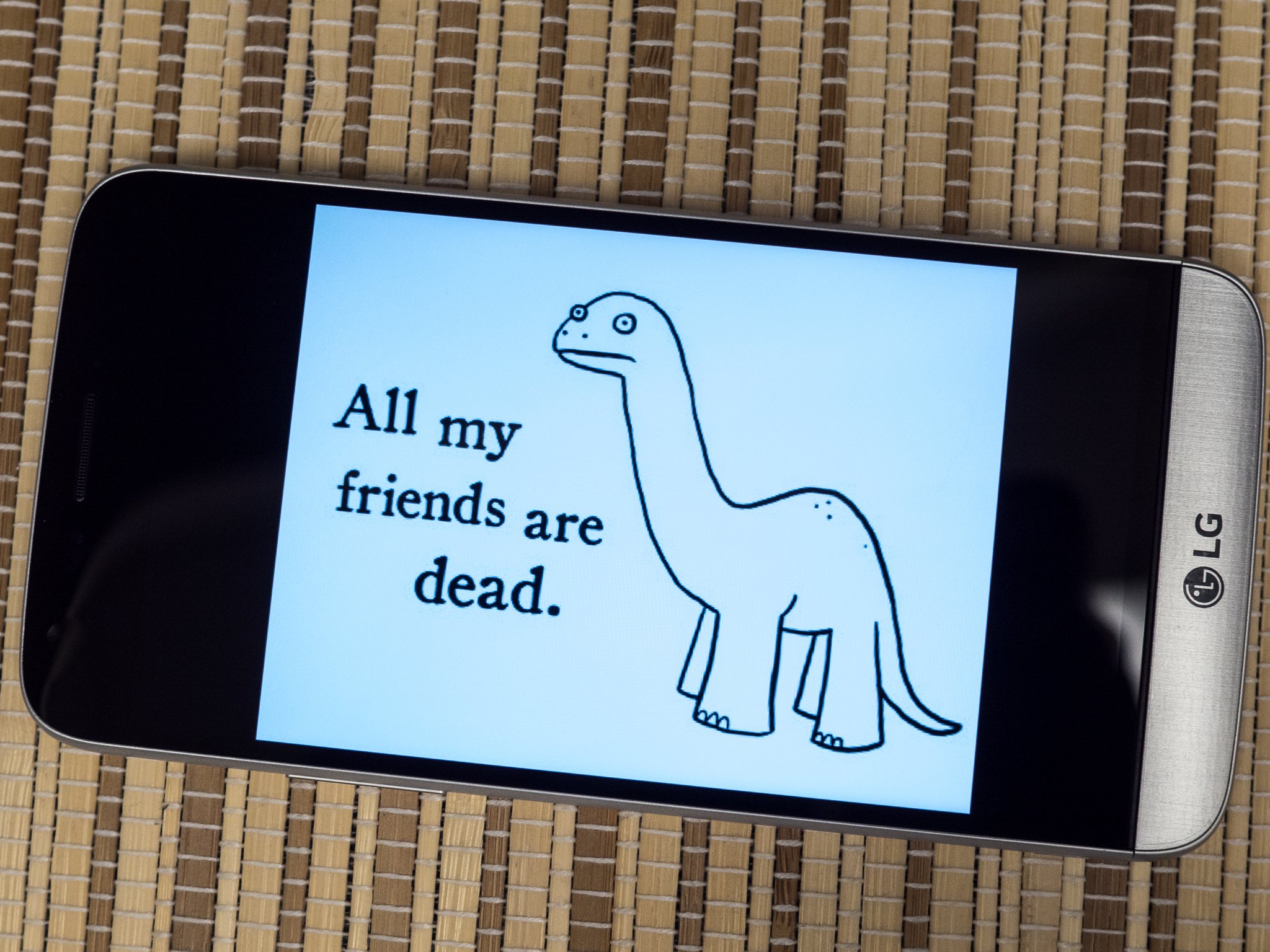
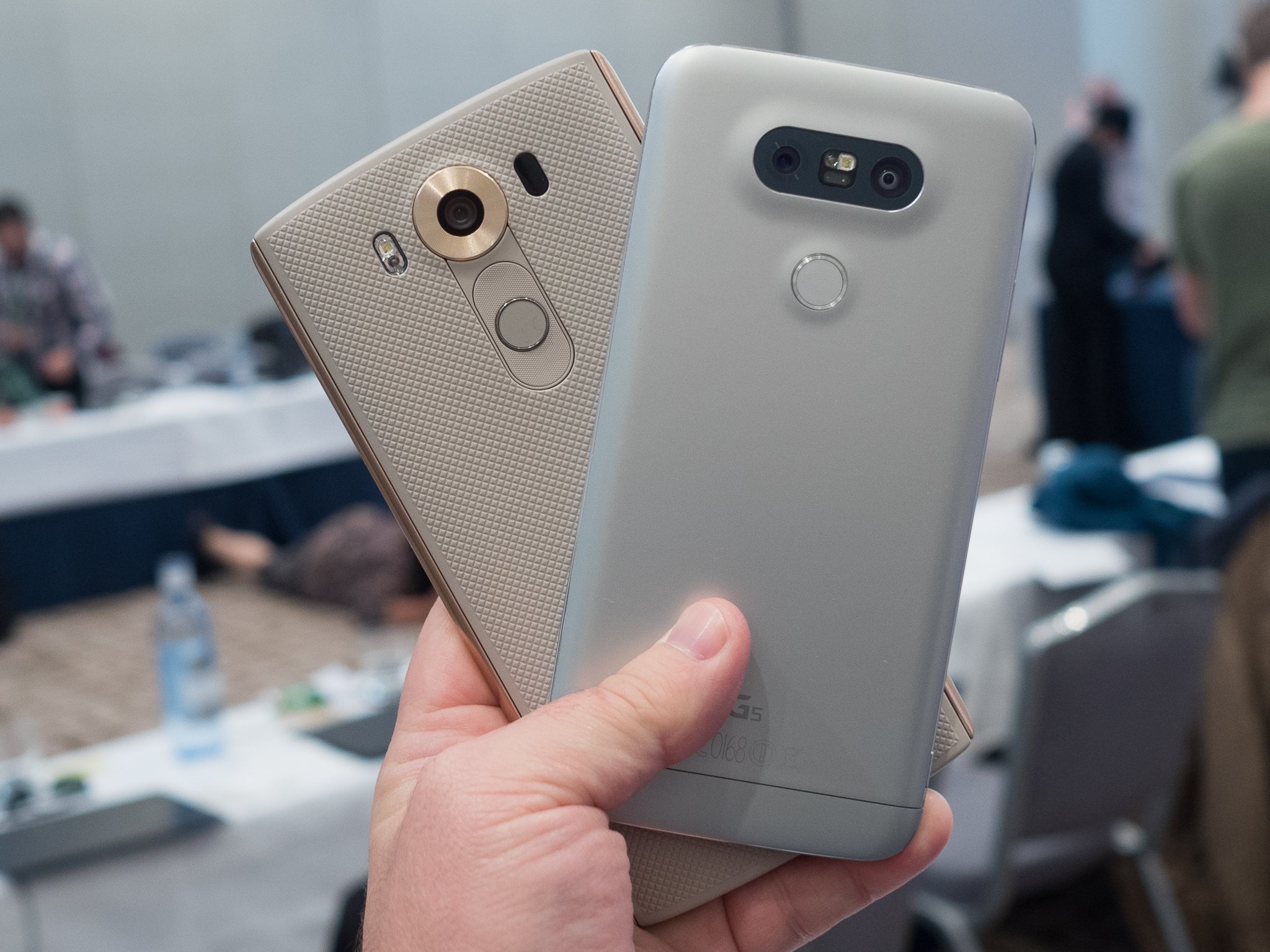
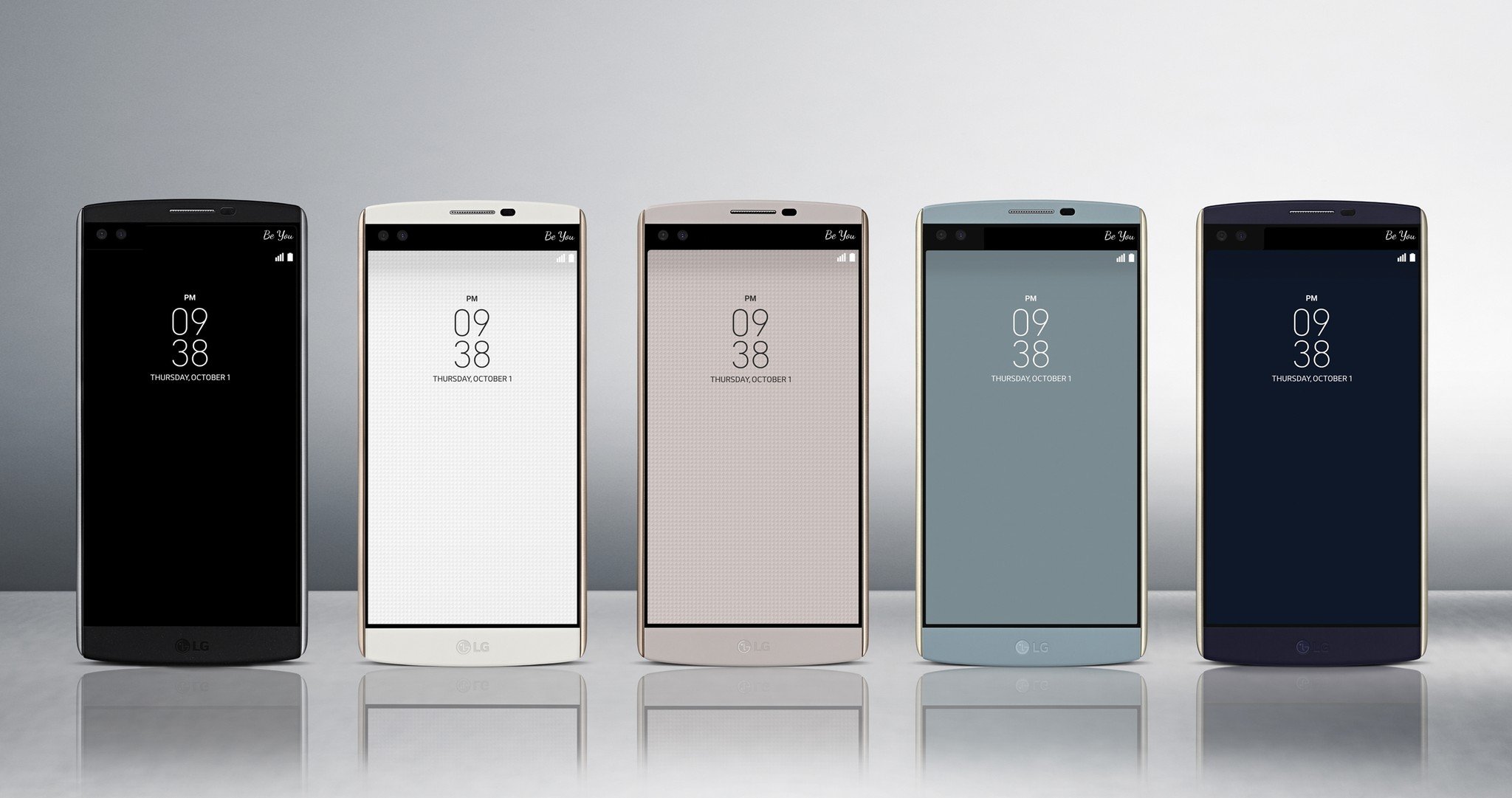
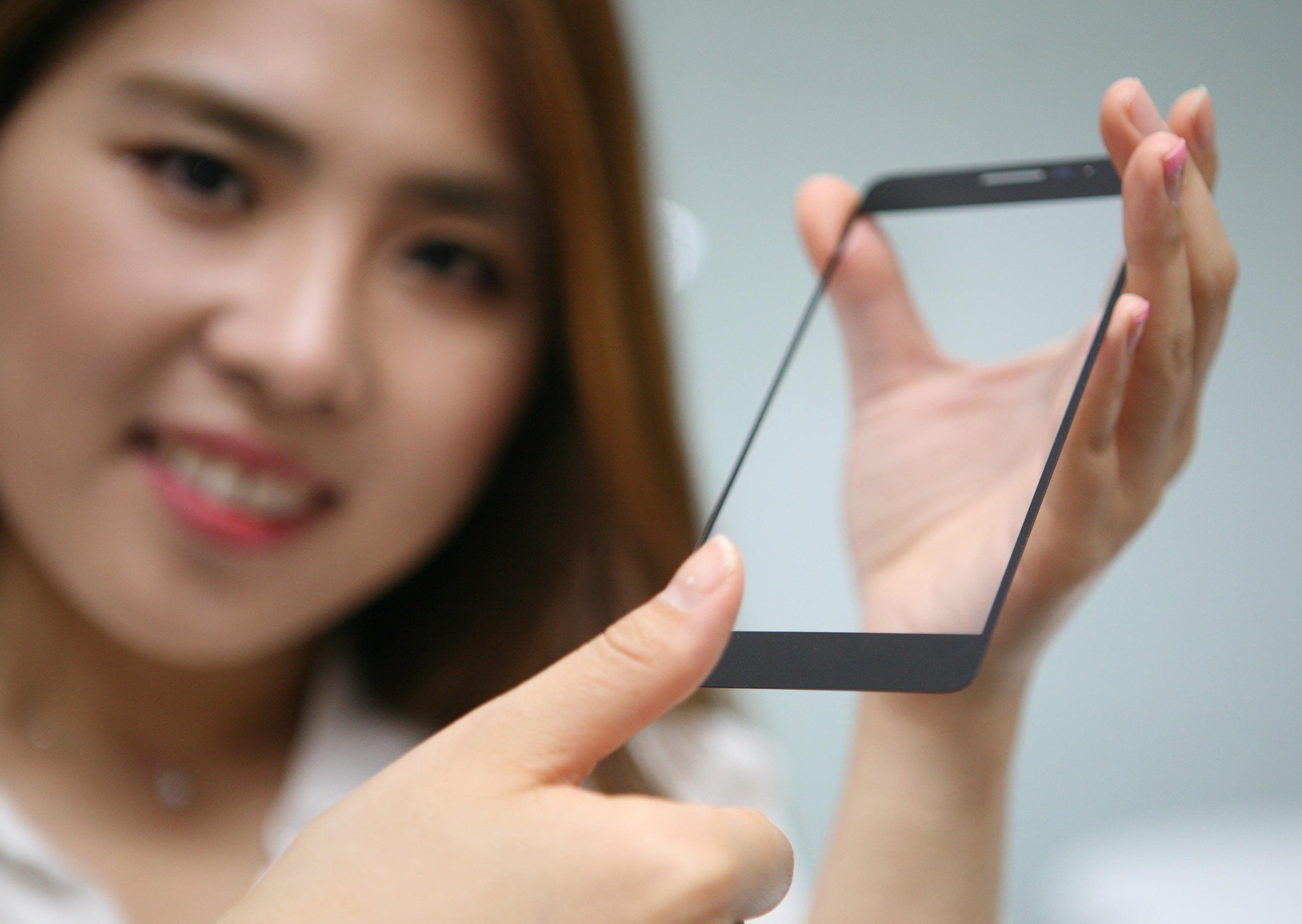
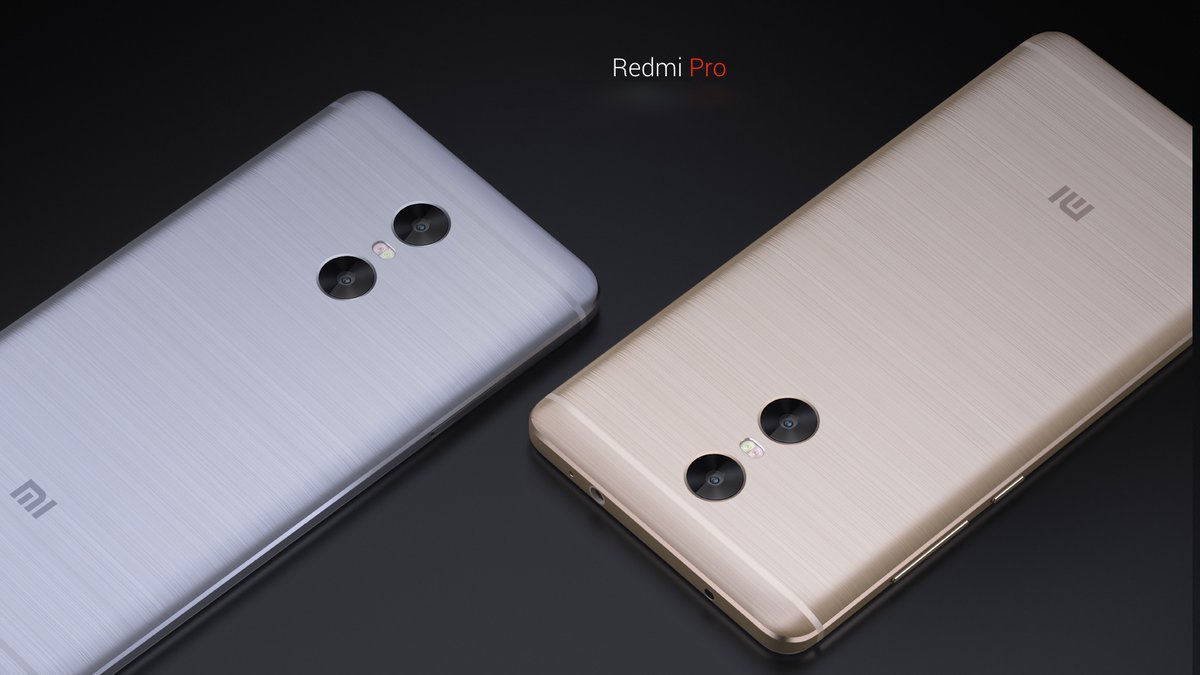
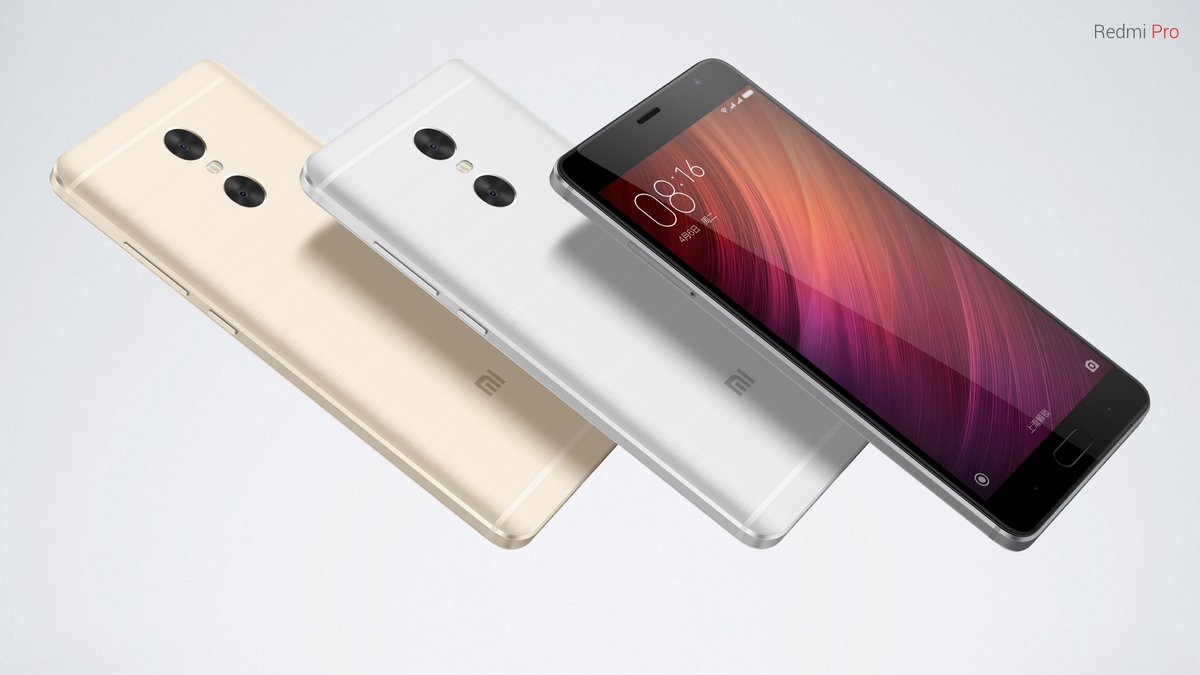
 All images: Alex Cranz/Gizmodo
All images: Alex Cranz/Gizmodo 




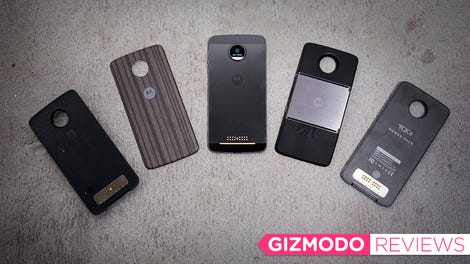 Moto Z Review: Too Much Gadget, Not Enough Phone
Moto Z Review: Too Much Gadget, Not Enough Phone  The Best Cheap Smartphone For Every Off-Contract Need
The Best Cheap Smartphone For Every Off-Contract Need 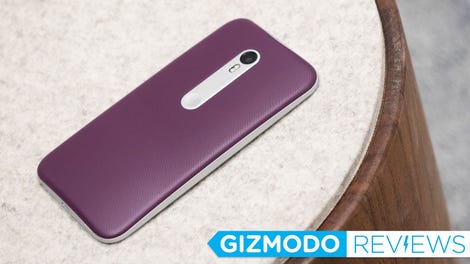 Moto G Review: A Great Phone Doesn't Have to Cost a Buttload
Moto G Review: A Great Phone Doesn't Have to Cost a Buttload 

